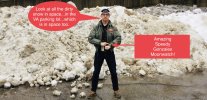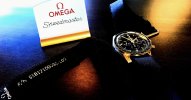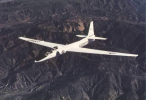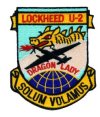In U-2 News: former U-2 pilot and 1st Recon Squadron Commander, Mike "Sooch" Masucci, became an astronaut yesterday.
For those that know Sooch, I'm sure we'd all agree that VG picked the perfect guy for this role, and it couldn't have happened to a nicer guy. NASA should have picked him for the Shuttle when they had the chance.
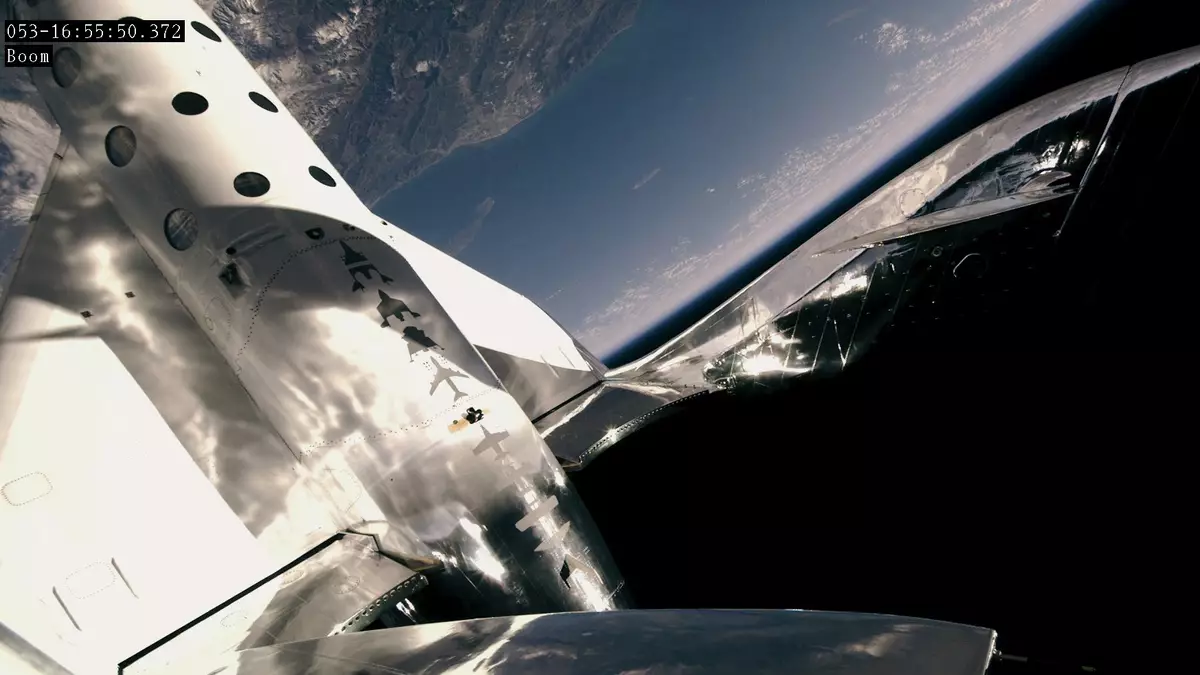
 www.ladbible.com
www.ladbible.com
He becomes the 2nd U-2 pilot into space... and the first to go to space after getting the U-2 Solo Patch.
For those that know Sooch, I'm sure we'd all agree that VG picked the perfect guy for this role, and it couldn't have happened to a nicer guy. NASA should have picked him for the Shuttle when they had the chance.

Amazing Footage Shows Virgin Galactic Pilots Soar Into Space
It is hoped eventually customers will be able to take a 90-minute round trip to space aboard the spacecraft
He becomes the 2nd U-2 pilot into space... and the first to go to space after getting the U-2 Solo Patch.

